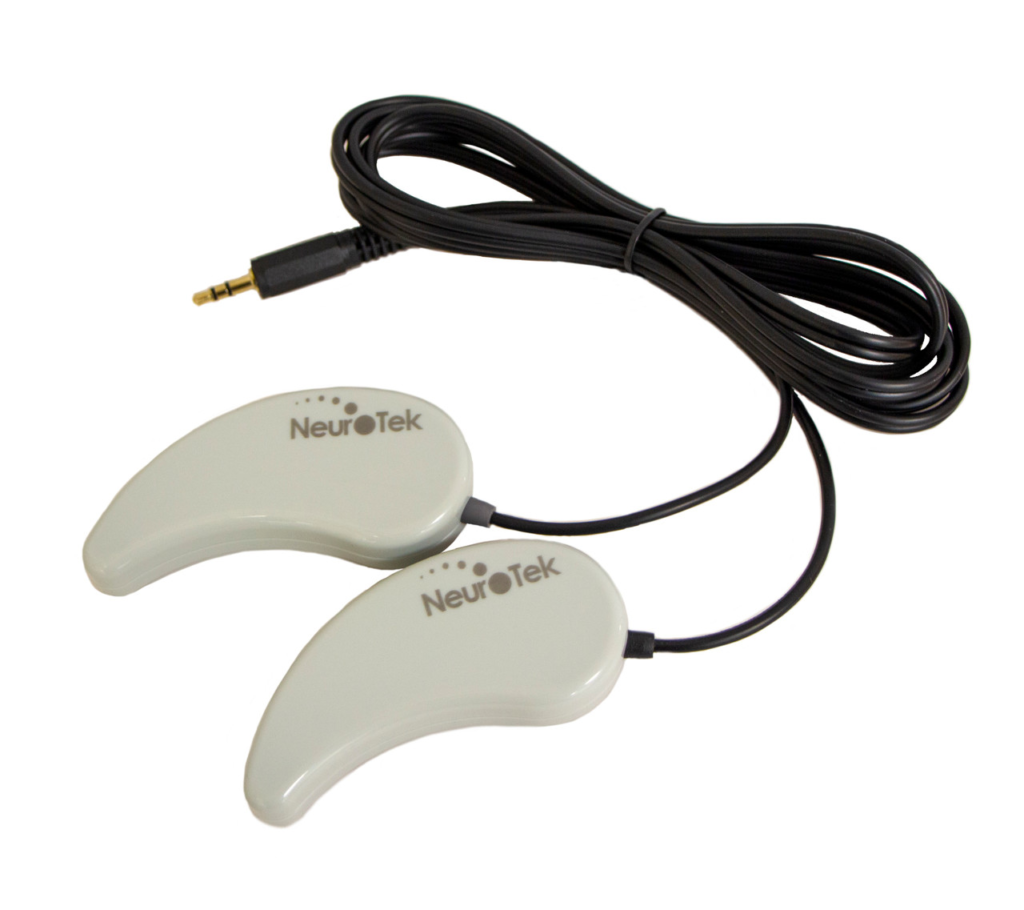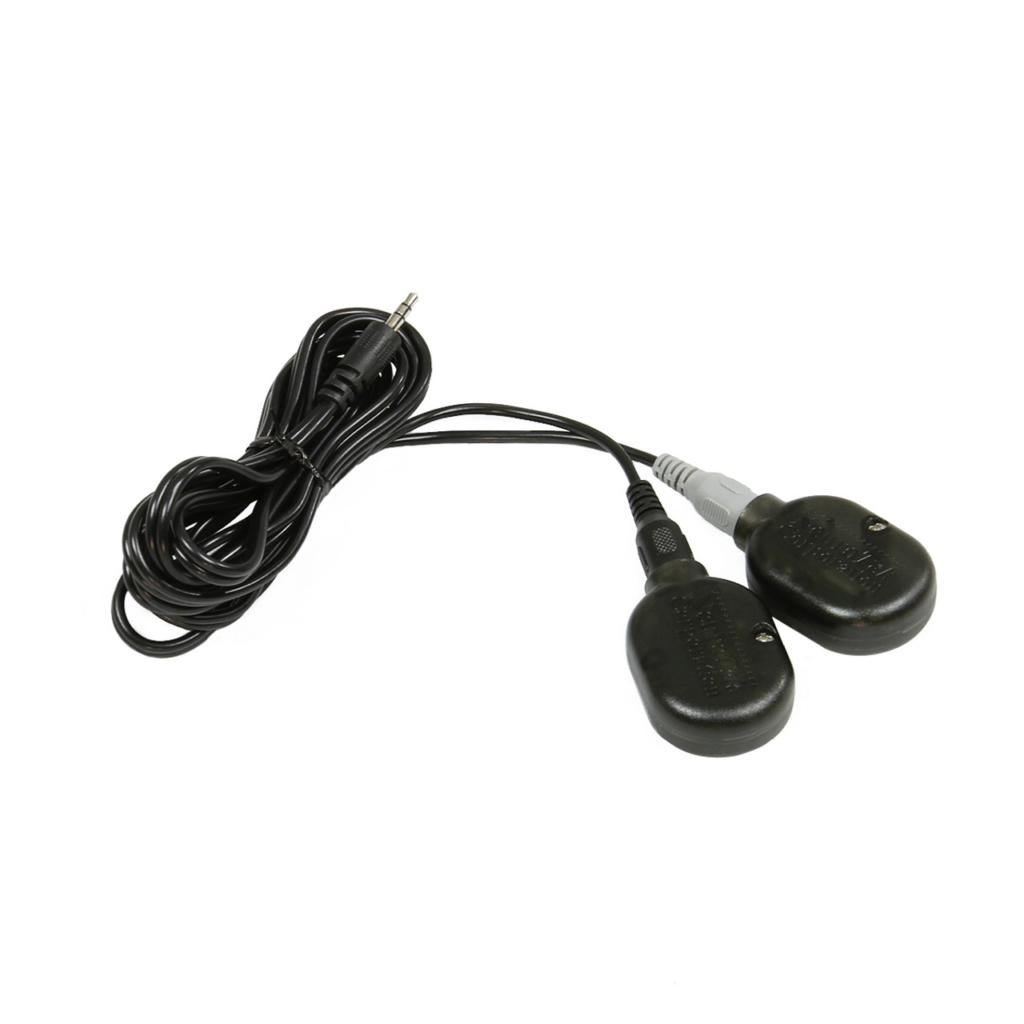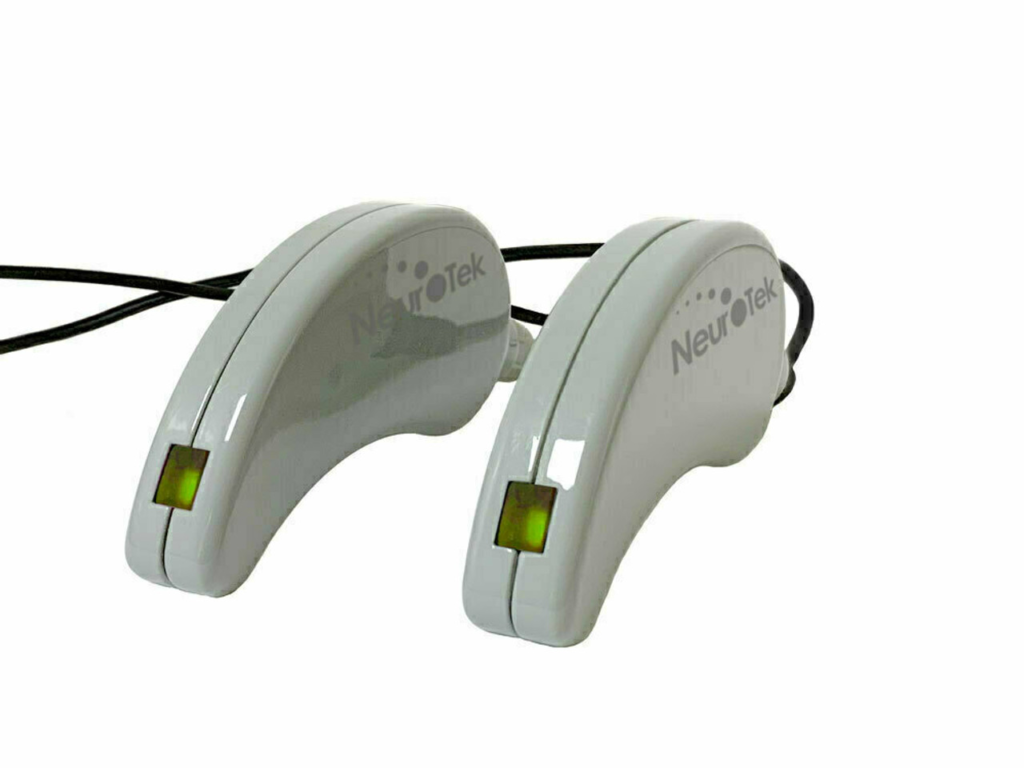Eye Movement Desensitization and Reprocessing (EMDR) therapy has gained recognition as an effective treatment for trauma, post-traumatic stress disorder (PTSD), and anxiety. Developed by Dr. Francine Shapiro, EMDR involves bilateral stimulation, such as eye movements, tactile tappers, or auditory tones, to help individuals process distressing memories and reframe negative thoughts.
As EMDR therapy becomes more widely known, many people are exploring whether they can administer it on their own. With the availability of EMDR devices like light bars and tactile tappers, self-administered EMDR has become a popular topic of discussion. However, the question remains: Can self-administered EMDR be as effective as working with a professional therapist?
What is EMDR Therapy?
EMDR therapy is a structured approach to trauma treatment that helps individuals process and reframe distressing experiences. Unlike traditional talk therapy, which focuses on verbal discussion, EMDR uses bilateral stimulation to activate the brain’s natural healing mechanisms. This process allows individuals to desensitize traumatic memories and replace them with more adaptive beliefs.
EMDR therapy is widely used for conditions such as PTSD, anxiety, depression, and even phobias. It is typically conducted by a trained therapist who follows an eight-phase protocol, ensuring that the patient is emotionally prepared, properly guided, and supported throughout the process.

How Does Self-Administered EMDR Work?
Self-administered EMDR involves using EMDR tools and techniques without the direct supervision of a therapist. This can include following guided EMDR exercises, using specialized EMDR devices, or engaging in bilateral stimulation techniques independently.
There are several ways individuals attempt self-administered EMDR:
- Using EMDR Tools – Devices such as light bars, tactile tappers, and audio programs provide bilateral stimulation similar to professional therapy sessions. These tools are designed to guide the brain through the desensitization and reprocessing phases.
- Following Online EMDR Programs – Some platforms offer guided EMDR sessions through videos, apps, or recorded instructions that mimic a professional therapy session.
- Practicing Bilateral Stimulation Techniques – Simple methods, such as self-tapping on alternating sides of the body, following a moving object with the eyes, or listening to alternating audio tones, can help initiate an EMDR-like effect.
While self-administered EMDR is more accessible and convenient, it lacks the structured guidance and personalized adjustments provided by a trained therapist.
Benefits of Self-Administered EMDR
For individuals who may not have immediate access to a professional therapist, self-administered EMDR offers several advantages.
- Accessibility and Cost-Effectiveness
One of the main reasons people explore self-administered EMDR is affordability. Professional EMDR therapy can be costly, especially if multiple sessions are needed. Self-guided methods allow individuals to practice EMDR techniques without ongoing expenses. - Convenience of Practicing at Home
Self-administered EMDR allows individuals to engage in trauma-processing exercises in the comfort of their own space. For those who experience anxiety in clinical settings, being able to practice at home can make the experience more approachable. - Control Over the Process
Some individuals prefer to move at their own pace when working through traumatic memories. Self-administered EMDR gives them the flexibility to stop or modify exercises as needed. - Use for Mild Anxiety and Stress Relief
While self-guided EMDR may not be ideal for deep trauma work, it can be beneficial for general stress reduction and anxiety management. Engaging in bilateral stimulation exercises can help calm the nervous system and provide relief from emotional distress.
Limitations of Self-Administered EMDR
Despite its benefits, self-administered EMDR also has notable challenges that should be considered before choosing this approach.
- Lack of Professional Supervision
A major limitation of self-administered EMDR is the absence of a therapist’s guidance. A trained professional provides essential support by helping individuals process distressing memories safely and effectively. Without professional oversight, there is a risk of getting stuck in distressing emotions without knowing how to move forward. - Potential for Emotional Overwhelm
EMDR therapy involves revisiting traumatic memories, which can sometimes trigger intense emotions. A therapist is trained to help clients navigate these reactions, but without this support, individuals may experience emotional flooding, anxiety, or panic. - Not Suitable for Severe Trauma or PTSD
Self-administered EMDR is generally not recommended for individuals with complex trauma, PTSD, or deep-seated emotional wounds. Professional EMDR therapy includes techniques for managing distress and ensuring that the individual does not become retraumatized. - Limited Adjustments and Personalized Care
An EMDR therapist customizes the treatment based on an individual’s progress, emotional state, and specific needs. Self-guided methods lack this personalized approach, making it harder to achieve the same level of effectiveness.
When Should You Choose Professional EMDR?
While self-administered EMDR can be beneficial in certain situations, there are cases where working with a professional therapist is the best option.
- If you are dealing with severe PTSD, complex trauma, or deep emotional wounds, a professional therapist can provide structured and safe guidance.
- If you experience intense distress, flashbacks, or emotional numbness during self-guided EMDR, professional support is highly recommended.
- If you struggle with processing difficult memories on your own, a therapist can help create a step-by-step approach that ensures gradual healing.
Choosing between self-administered and professional EMDR depends on the severity of the condition and the individual’s ability to manage emotional processing independently.

How to Enhance the Effectiveness of Self-Administered EMDR
For those who choose to practice EMDR independently, there are several ways to enhance its effectiveness while minimizing risks. Implementing the right strategies can make self-administered EMDR more structured and beneficial.
1. Use High-Quality EMDR Tools
One of the key aspects of effective self-administered EMDR is the use of proper tools. Devices like light bars, tactile tappers, and audio programs designed for EMDR therapy can significantly improve the experience. These tools help maintain consistent bilateral stimulation, making the process more structured and closer to professional therapy.
2. Follow Guided EMDR Sessions
There are various online EMDR programs and mobile applications that offer structured guidance for self-administered sessions. These resources provide step-by-step instructions, ensuring that the process is followed correctly. While they do not replace a trained therapist, they can help individuals navigate the technique in a more organized way.
3. Start with Less Intense Memories
For those new to self-administered EMDR, it is advisable to begin with less distressing memories rather than immediately addressing deeply traumatic experiences. Processing milder emotional triggers first allows individuals to get comfortable with the technique and assess how they respond to self-guided sessions.
4. Practice Mindfulness and Relaxation Techniques
Pairing EMDR with mindfulness exercises can enhance its effectiveness. Engaging in deep breathing, meditation, or progressive muscle relaxation before and after an EMDR session can help regulate emotions and create a sense of safety. Mindfulness practices can also prevent emotional overwhelm by keeping individuals grounded.
5. Set Clear Intentions for Each Session
Before starting a self-administered EMDR session, setting a clear goal can improve focus and effectiveness. Whether it’s reducing anxiety, processing a negative memory, or shifting a limiting belief, having a structured objective ensures that the session remains purposeful.
6. Monitor Emotional Responses and Take Breaks When Needed
EMDR therapy can bring up strong emotions, and it is important to monitor how one feels throughout the process. If a session becomes too overwhelming, taking a break or stopping altogether is recommended. Engaging in calming activities, such as journaling or listening to soothing music, can help restore emotional balance.
7. Consider Hybrid Approaches with Professional Guidance
For those who prefer self-administered EMDR but still want some level of professional support, a hybrid approach may be beneficial. Consulting with an EMDR therapist occasionally while practicing self-guided techniques in between sessions can provide a balance of structure and independence.
Is Self-Administered EMDR as Effective as Professional Therapy?
The effectiveness of self-administered EMDR compared to professional therapy depends on various factors, including the individual’s experience with trauma, emotional resilience, and ability to navigate the process independently. While self-guided EMDR can be helpful for some, it is generally not a replacement for professional therapy.
When Self-Administered EMDR May Be Effective
- For individuals dealing with mild anxiety or everyday stress.
- When using high-quality EMDR tools designed for home use.
- For those who have prior experience with EMDR under professional guidance.
- If the individual is comfortable regulating their emotions without external support.
When Professional EMDR is Recommended
- If an individual has PTSD or complex trauma that requires deeper processing.
- When there is difficulty managing emotional responses during sessions.
- If self-guided sessions lead to distress or emotional flooding.
- For individuals who need a personalized, structured approach to trauma healing.
While some people find relief through self-administered EMDR, professional therapy provides a higher level of safety and effectiveness. A trained EMDR therapist ensures that the process is tailored to the individual’s needs and helps navigate difficult emotional responses that may arise.

Conclusion
Self-administered EMDR has gained attention as an accessible and cost-effective alternative to professional therapy. While it offers certain benefits, including convenience and affordability, it also comes with limitations, particularly for individuals dealing with severe trauma.
For mild emotional distress, self-administered EMDR using proper tools and guided sessions can be beneficial. However, professional therapy remains the gold standard for trauma treatment, providing essential guidance, emotional support, and structured techniques to ensure safe and effective healing.
If you are considering EMDR, it is important to assess your personal needs and decide whether a self-guided approach is suitable or if working with a professional would be more effective. For those interested in exploring EMDR at home, investing in high-quality EMDR tools can enhance the experience while ensuring better results.
FAQs
Can EMDR be done without a therapist?
Yes, some individuals practice self-administered EMDR using tools like light bars, tactile tappers, and guided EMDR programs. However, without professional guidance, there is a risk of emotional overwhelm, and it may not be as effective for severe trauma.
Is self-administered EMDR safe?
Self-administered EMDR can be safe when practiced with proper techniques, high-quality EMDR tools, and emotional regulation strategies. However, individuals with PTSD or deep trauma should consult a professional before attempting self-guided EMDR.
How do I do EMDR at home?
To practice EMDR at home, you can use bilateral stimulation techniques like following a moving light, using tactile tappers, or listening to alternating sounds. Guided EMDR apps and instructional videos can also help provide structure to self-administered sessions.
What tools are needed for self-administered EMDR?
Common EMDR tools for home use include light bars, tactile tappers, and auditory bilateral stimulation devices. These tools help facilitate the desensitization and reprocessing process similarly to professional EMDR therapy.
How long does it take for self-administered EMDR to work?
The effectiveness and timeline of EMDR vary from person to person. Some individuals notice improvements after a few sessions, while others require consistent practice over weeks or months. The complexity of the trauma being processed also plays a role in the duration.
Can self-administered EMDR worsen symptoms?
Yes, if not done properly, self-administered EMDR can sometimes trigger emotional distress, flashbacks, or re-traumatization. It is essential to approach self-guided EMDR with caution and seek professional help if distressing symptoms arise.
